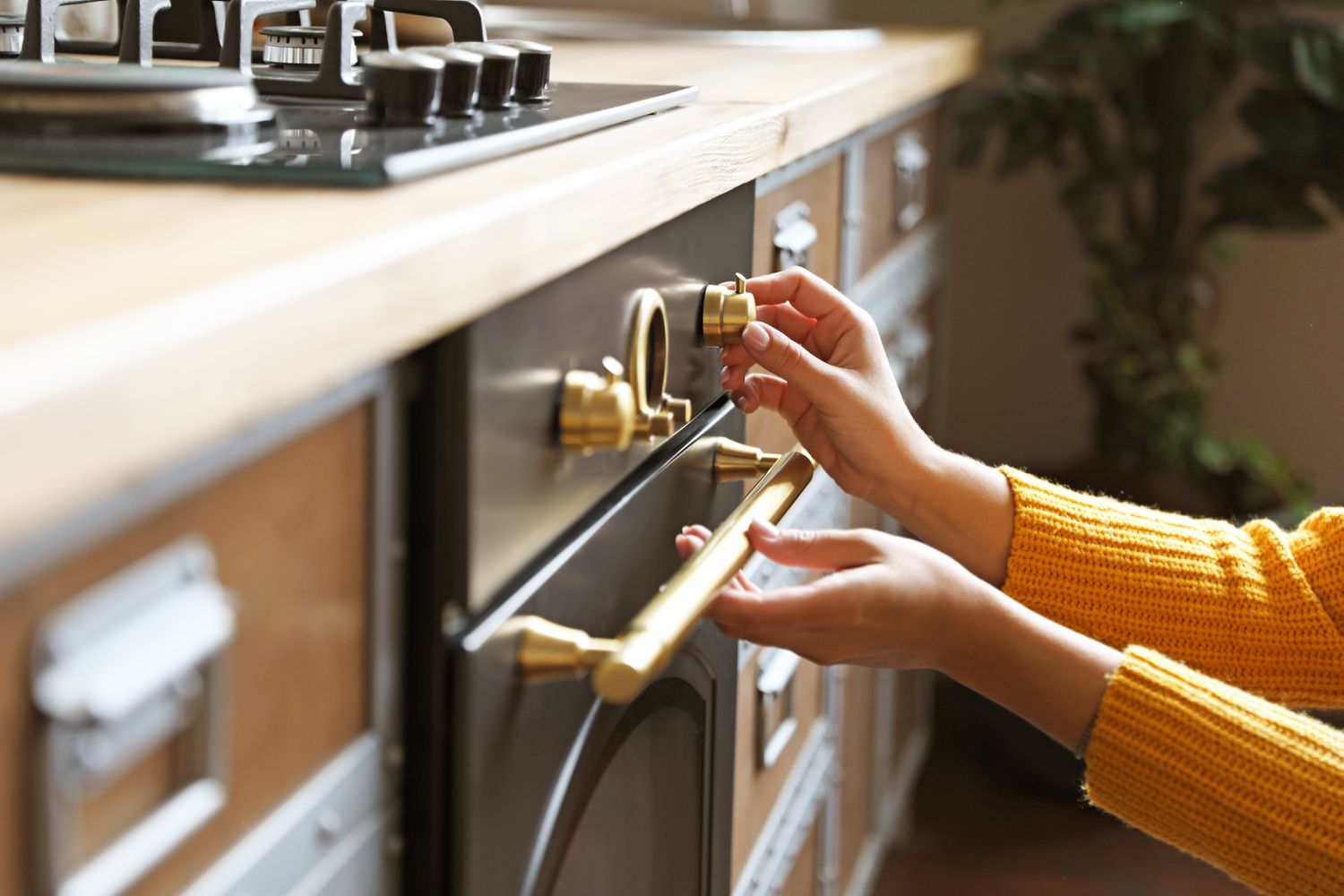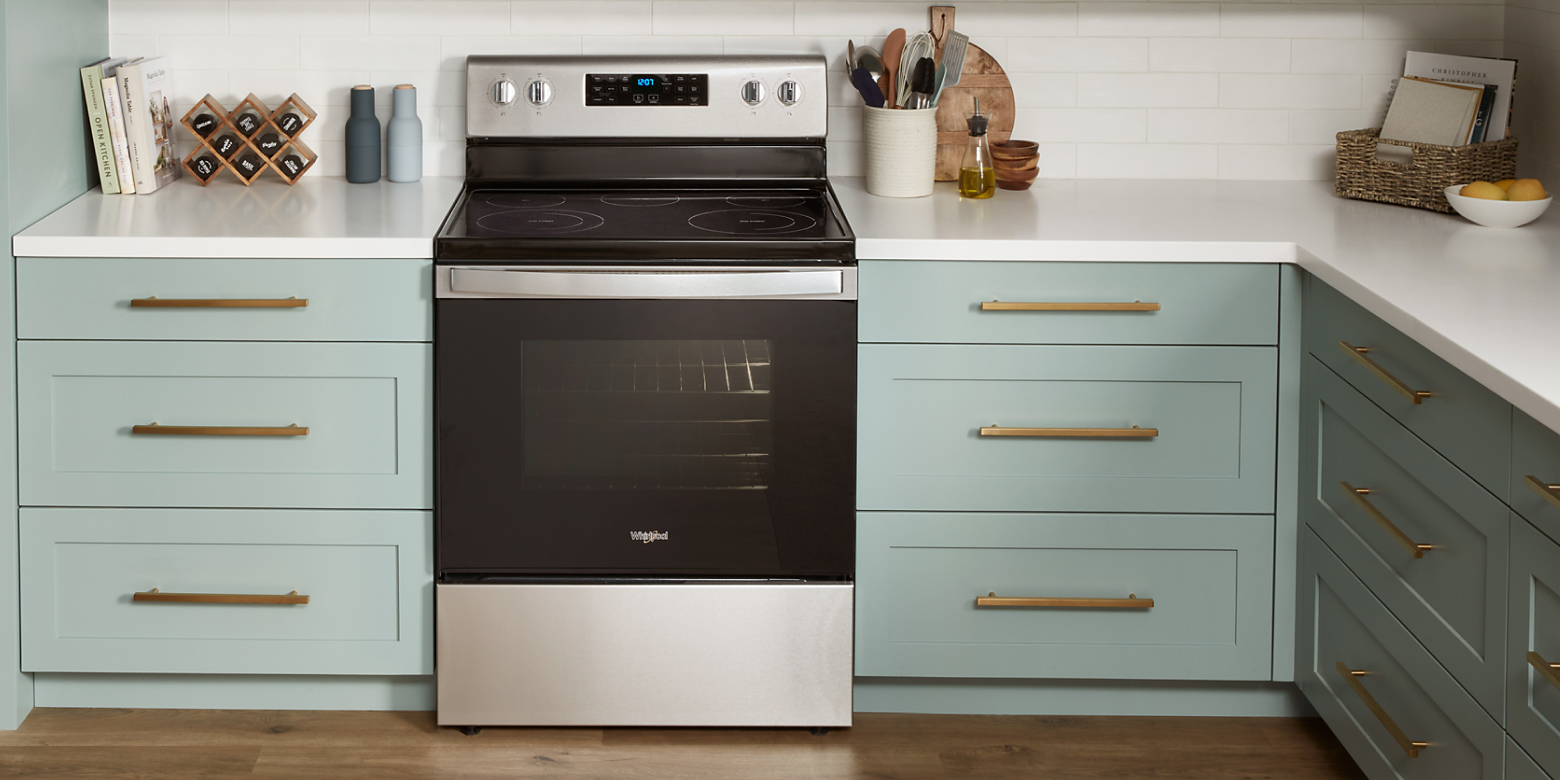Introduction:
Preheating an oven is a crucial step in the cooking process that ensures optimal results in texture, appearance, and taste. By bringing the oven to the desired temperature before placing food inside, you create the ideal environment for even heat distribution and thorough cooking. In this article, we will delve into the factors that influence preheating times, explore average durations for different types of ovens, provide tips to shorten preheating times, discuss the importance of using oven thermometers for accuracy, consider non-standard oven preheating, and gain a deeper understanding of the preheating process.

Why Preheating is Important
Achieving Optimal Texture, Appearance, and Taste through Preheating
Preheating plays a vital role in achieving the desired cooking outcomes. When an oven is preheated, the food is exposed to the correct temperature from the start, promoting even browning, caramelization, and texture development. It also allows for more accurate cooking times and ensures that the interior of the dish reaches the appropriate temperature for safety reasons. Temperature inconsistency can result in undercooked or overcooked dishes, affecting both taste and food safety.
Factors Affecting Preheating Times
Exploring Influences on Preheating Durations: Oven Size, Insulation, and Starting Temperature
Several factors influence the duration of preheating, including the size and type of oven. Larger ovens typically take longer to reach the desired temperature due to the increased volume of air to heat. Additionally, the insulation and energy efficiency of the oven can affect preheating efficiency. Well-insulated ovens tend to heat up faster and retain heat better, requiring less time to preheat. Similarly, energy-efficient ovens are designed to optimize the heating process, reducing preheating times.
The starting temperature of the oven is another factor to consider. If the oven has been recently used and is still warm, it will require less time to preheat compared to when starting from room temperature. Furthermore, external conditions, such as room temperature and altitude, can impact preheating times. Ovens in colder environments or at higher altitudes may take slightly longer to reach the desired temperature.

Average Preheating Durations for Different Ovens
Understanding Preheating Timelines for Electric, Gas, and Convection Ovens
The average preheating duration varies depending on the type of oven. Electric ovens typically take around 10-15 minutes to preheat to a moderate temperature, while gas ovens may require an additional 5-10 minutes due to the time needed for the gas to ignite and heat the oven. Preheating times for convection ovens are often shorter due to the efficient air circulation, which can reduce preheating durations by approximately 25%. However, it is crucial to consult the manufacturer’s guidelines for specific oven models and brands as there can be variations in preheating times based on insulation, design, and heating elements’ efficiency.
Tips to Shorten Preheating Times
Minimizing Preheating Duration: Strategies and Techniques
If you want to minimize preheating time, there are several tips and strategies you can employ. Firstly, consider setting the oven to a higher temperature. Increasing the temperature setting can expedite the preheating process, but be cautious and make the necessary adjustments in cooking time to prevent overcooking. Keep in mind that higher heat may result in slightly different browning or texture if not adjusted accordingly.
Another tip is to utilize preheating stones or trays. These items assist in retaining and distributing heat more efficiently, thus reducing preheating times. Place the preheating stone or tray in the oven while it preheats, and when the desired temperature is reached, transfer the food onto the hot surface for a more rapid cooking process.
It is crucial to keep the oven door closed during preheating to prevent heat loss. Opening the oven door frequently can release a significant amount of heat and delay the preheating process. Check through the oven’s window or rely on oven lights to monitor the preheating progress without opening the door.

Ensuring Accurate Preheating with Oven Thermometers
Precision in Preheating: Importance of Oven Thermometers
To achieve precise preheating, it is advisable to use an oven thermometer. Even though ovens come with built-in thermometers, they may not always provide accurate readings. An oven thermometer provides an accurate reading of the oven’s internal temperature, allowing you to adjust accordingly and ensure your desired temperature is reached before cooking.
Calibration is essential to guarantee the accuracy of your oven thermometer. Simple calibration methods, such as the ice water test or boiling water test, can help you calibrate the thermometer for reliable temperature measurements. By following the readings from an oven thermometer, you can prevent under- or over-preheating, leading to consistent cooking results.
Consider placing the oven thermometer near the center of the oven for an accurate measurement of the oven’s internal temperature. Adjust the preheating time based on the information provided by the thermometer. If the thermometer indicates that the oven is not fully preheated, allow extra time before placing the food inside.

Non-Standard Oven Preheating Considerations
Adaptation for Countertop Appliances: Preheating in Toaster Ovens, Microwaves, and Air Fryers
When using non-standard ovens such as toaster ovens, microwave ovens, or air fryers, preheating techniques may differ. Toaster ovens and air fryers generally have shorter preheating times compared to traditional ovens, usually around 3-5 minutes. These smaller appliances heat up quickly due to their compact size, which requires less time to reach the desired temperature.
Microwave ovens, on the other hand, usually do not require preheating, as they directly apply heat to the food using microwaves. While preheating may not be necessary in microwave cooking, it is essential to follow the manufacturer’s instructions and recommended cooking times for optimal results.
When using non-standard ovens, it is crucial to familiarize yourself with the specific guidelines provided by the manufacturer. Adjusting cooking times and following recipe adjustments for countertop appliances ensures that you attain the desired results. Experimenting and keeping a record of cooking times and results in these non-standard ovens will help you fine-tune your cooking approach.
Understanding the Preheating Process
Unveiling the Inner Workings: Heating Elements, Thermostats, and Heat Distribution
The preheating process involves heating the oven to the desired temperature using the oven’s heating elements and a thermostat that regulates the temperature. As the elements activate, they generate heat that warms the air inside the oven cavity. Simultaneously, the thermostat monitors this temperature and ensures it remains stable as the oven preheats.
Understanding this process allows you to optimize preheating, ensuring the oven is adequately heated and ready to cook your food to perfection. By comprehending how your oven works, you can apply the appropriate preheating techniques and use the knowledge to make informed cooking decisions. Additionally, knowing how the heating elements and thermostat function enables you to troubleshoot any preheating issues that may arise, leading to consistent and reliable cooking results.

Conclusion:
Preheating your oven is a crucial step in achieving optimal cooking results. With an understanding of the various factors that influence preheating times, tips to shorten these durations, the importance of using oven thermometers for accuracy, considerations for non-standard ovens, and insight into the preheating process, you can enhance your culinary endeavors. Preheating ensures even cooking, desired browning, and safe food temperatures. By mastering the art of preheating, you set a solid foundation for delicious and successful cooking outcomes in the kitchen.